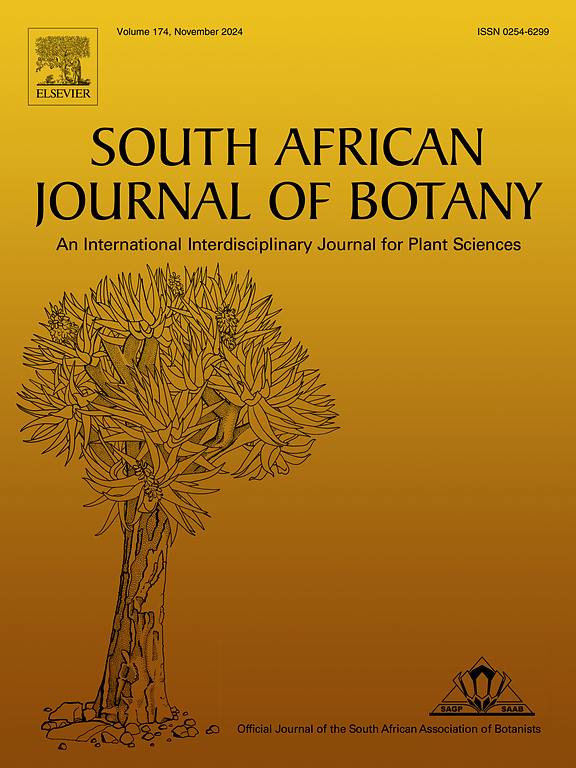Screening of highly efficient genotypes for in vitro regeneration in Litchi chinensis Sonn
IF 2.7
3区 生物学
Q2 PLANT SCIENCES
引用次数: 0
Abstract
The difficulty of in vitro regeneration greatly limits its application in the genetic transformation and improvement of litchi (Litchi chinensis Sonn.). To identify genotypes exhibiting efficient in vitro regeneration capacity, 102 litchi germplasm resources were selected, and their anthers were used as explants for in vitro regeneration. The in vitro regeneration ability varied significantly among the litchi genotypes. The proportion of anthers that could be induced to form calli varied from 0 to 88 %, and the proliferation rate of callus tissue ranged from 2.0 to 8.2 times, depending on the genotype. The embryonic calli were tiny, light-yellow particles. The induction, maturation, and regeneration efficiencies of somatic embryos varied widely among the genotypes. The somatic embryos exhibited five distinct morphological types, and the ranking of these types in terms of the amount of induced somatic embryogenesis per gram of calli was as follows: other somatic embryos, semitransparent, multicotyledonous, dicotyledonous, and monocotyledonous. After maturation, multicotyledonous embryos had the highest plantlet regeneration rate, followed by dicotyledonous embryos. Semitransparent embryos were usually converted into one of the other four types, or else they gradually browned and died. Whole plantlets with roots, stems, and leaves were successfully regenerated in vitro from 16 genotypes, and ‘Shangshuhuai’ had the highest regeneration efficiency. This study lays the foundation for the in vitro regeneration and genetic breeding of litchi.
荔枝离体再生高效基因型的筛选
离体再生的难度极大地限制了其在荔枝遗传转化和改良中的应用。为筛选具有高效离体再生能力的基因型,选择102种荔枝种质资源,以其花药为外植体进行离体再生。不同基因型荔枝的离体再生能力差异显著。不同基因型的花药诱导愈伤组织的比例为0 ~ 88%,愈伤组织增殖率为2.0 ~ 8.2倍。胚胎愈伤组织是微小的淡黄色颗粒。体细胞胚胎的诱导、成熟和再生效率在不同基因型之间差异很大。体细胞胚表现出5种不同的形态类型,按每克愈伤组织诱导体细胞胚的数量排序为:其他体细胞胚、半透明体胚、多子叶体胚、双子叶体胚和单子叶体胚。成熟后,多子叶胚的植株再生率最高,其次是双子叶胚。半透明的胚胎通常会转化为其他四种类型中的一种,否则它们会逐渐变成褐色并死亡。从16个基因型中成功地获得了带根、茎、叶的离体再生植株,其中‘尚树槐’的再生效率最高。本研究为荔枝的离体再生和遗传育种奠定了基础。
本文章由计算机程序翻译,如有差异,请以英文原文为准。
求助全文
约1分钟内获得全文
求助全文
来源期刊

South African Journal of Botany
生物-植物科学
CiteScore
5.20
自引率
9.70%
发文量
709
审稿时长
61 days
期刊介绍:
The South African Journal of Botany publishes original papers that deal with the classification, biodiversity, morphology, physiology, molecular biology, ecology, biotechnology, ethnobotany and other botanically related aspects of species that are of importance to southern Africa. Manuscripts dealing with significant new findings on other species of the world and general botanical principles will also be considered and are encouraged.
 求助内容:
求助内容: 应助结果提醒方式:
应助结果提醒方式:


